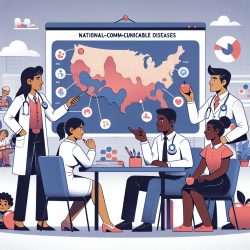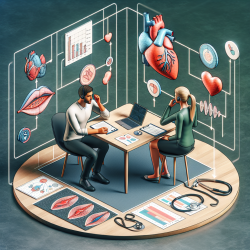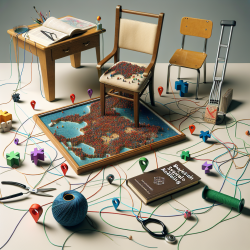As practitioners dedicated to improving the lives of children with disabilities, it is crucial to understand the barriers and facilitators to their participation in physical activity. The research article titled Perceived barriers and facilitators to participation in physical activity for children with disability: a qualitative study provides valuable insights that can guide our interventions and encourage further research.
Key Findings
The study identified four primary themes:
- Similarities and Differences: Children with disabilities face unique barriers such as lower physical capabilities and negative societal attitudes. However, factors like positive encouragement and one-on-one instruction can significantly boost their confidence and participation.
- People Make the Difference: The attitudes and support of families, instructors, and peers are central to facilitating participation. Skilled and compassionate instructors, proactive parents, and inclusive peers can make a significant difference.
- One Size Does Not Fit All: Each child with a disability has unique needs and preferences. Asking children and their families about their preferred activities and providing flexible, meaningful opportunities can enhance participation.
- Communication and Connections: Better communication and partnerships between families, schools, disability groups, and the sport and recreation sector are essential for promoting physical activity among children with disabilities.
Practical Strategies for Practitioners
Based on the research findings, here are some strategies that practitioners can implement to improve outcomes for children with disabilities:
- Incorporate Practical Instructor Training: Ensure that instructors receive practical training in working with children with disabilities to enhance their skills and confidence.
- Engage Families: Work closely with families to understand their needs and preferences. Provide them with resources and support to facilitate their child's participation in physical activities.
- Promote Inclusive Pathways: Develop structured pathways that allow children to progress from segregated to mainstream activities as their skills develop. This can help them gain a sense of competence and success.
- Foster Partnerships: Encourage collaboration between schools, local councils, disability groups, and the sport and recreation sector to create a supportive network for children with disabilities.
- Enhance Communication: Improve the advertising of physical activity programs and ensure that information reaches families through various channels, including schools and community organizations.
Encouraging Further Research
While this study provides valuable insights, further research is needed to explore additional strategies and interventions that can enhance physical activity participation among children with disabilities. Practitioners are encouraged to contribute to this growing body of knowledge by conducting their own research and sharing their findings with the broader community.
To read the original research paper, please follow this link: Perceived barriers and facilitators to participation in physical activity for children with disability: a qualitative study.










